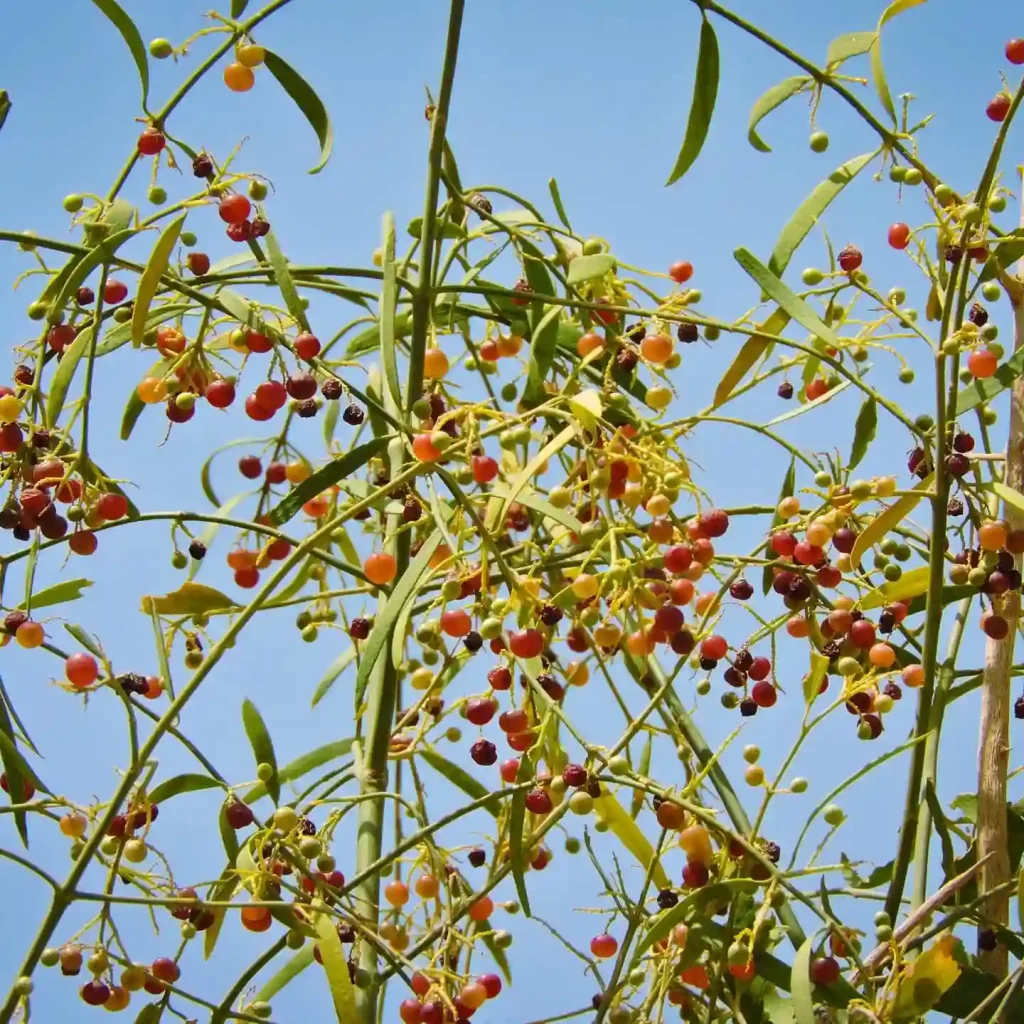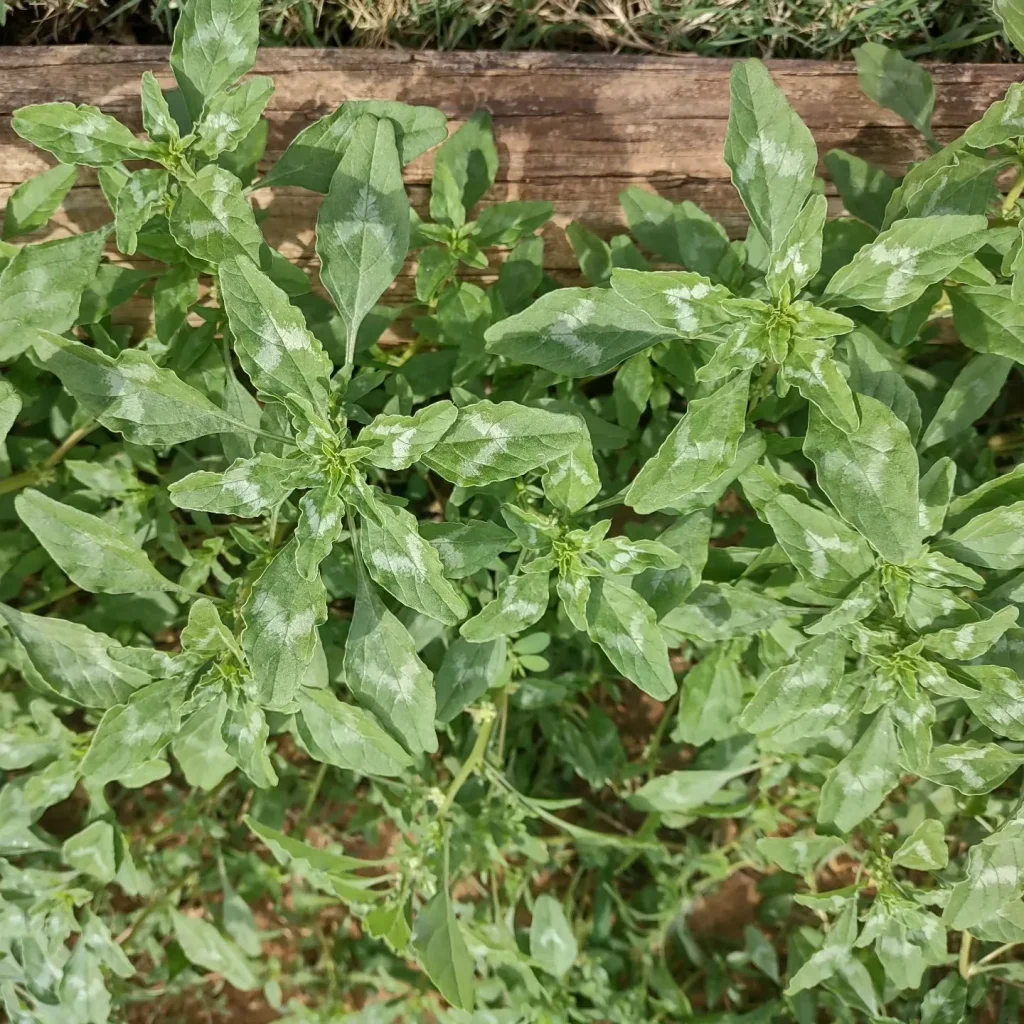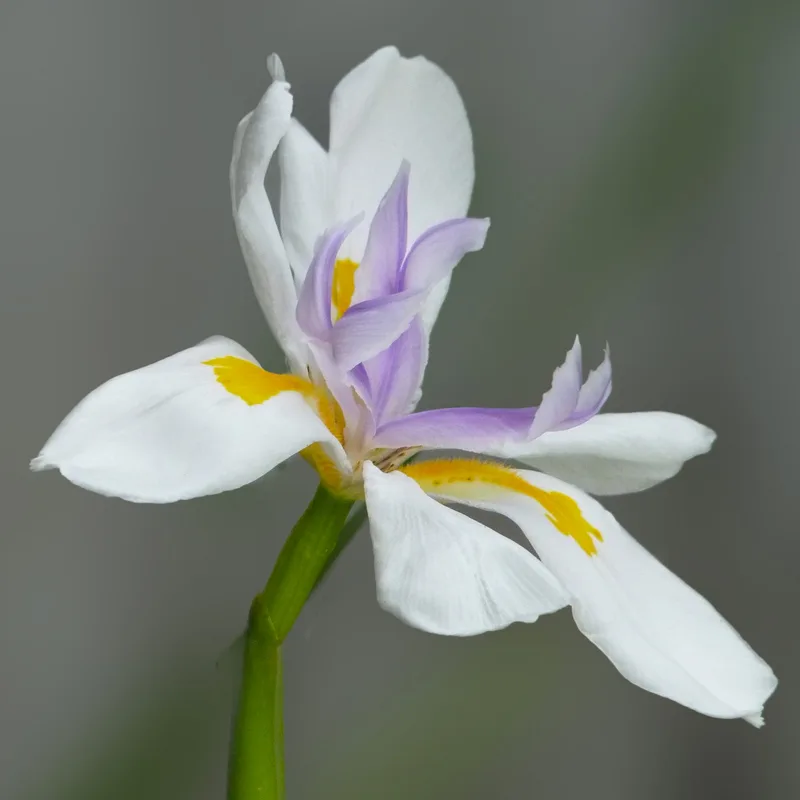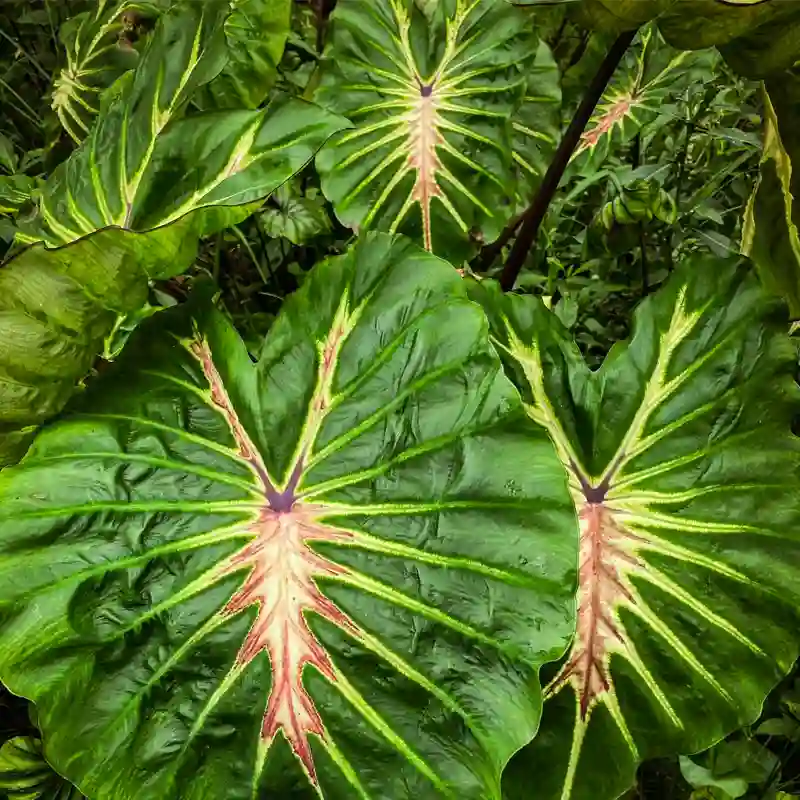Molluginaceae: My Green Obsession
I, Ferb Vu, have always been drawn to the quiet beauty and tenacity of plants. Amidst the sprawling world of botany, there’s one plant family that has particularly captured my heart: the Molluginaceae. This family, with its diverse array of forms and adaptations, never ceases to amaze me.
The Charm of Molluginaceae
What is it about Molluginaceae that makes it so special? For me, it’s the blend of resilience and adaptability. These plants often thrive in challenging environments, from arid deserts to rocky coastlines. They’ve evolved ingenious ways to survive, whether it’s storing water in succulent leaves or producing tiny, wind-dispersed seeds.
Another aspect of Molluginaceae that I find fascinating is its sheer diversity. The family encompasses a wide range of growth habits, from sprawling groundcovers to erect shrubs. Some members, like the vibrant Portulaca (moss rose), flaunt showy flowers, while others, like the inconspicuous Mollugo, rely on subtle beauty.
A Closer Look at the Genera
Let’s delve deeper into the heart of Molluginaceae by exploring some of its key genera. Each genus within this family offers a unique glimpse into the wonders of plant evolution and adaptation.
- Mollugo: This genus, which lends its name to the entire family, is known for its small, often weedy plants. They might not be the showiest, but their ability to thrive in disturbed habitats is admirable.
- Hypertelis: These plants are masters of arid environments. Their fleshy leaves and stems store water, allowing them to endure long periods of drought.
- Glinus: This genus comprises mostly prostrate herbs with small, inconspicuous flowers. They often inhabit damp areas and are known for their rapid growth.
- Pharnaceum: Members of this genus exhibit a range of growth habits, from sprawling herbs to erect shrubs. They often have tiny, needle-like leaves, an adaptation to reduce water loss.
- Adenogramma: This genus is home to small, often succulent herbs that are well-adapted to the arid conditions of southern Africa. Their fleshy leaves serve as water storage organs, while their tiny, white or pink flowers, though inconspicuous, provide a delicate touch of color to the often barren landscapes they inhabit.
- Coelanthum: Found in southern Africa and Madagascar, Coelanthum plants exhibit a diverse range of growth forms, encompassing both annual and perennial herbs. Their leaves, which can be succulent or not, display various shapes and sizes, reflecting adaptations to their specific environments. The small, white or pink flowers of Coelanthum attract pollinators, ensuring the continuation of the species, while their seeds are often dispersed by wind or animals.
- Paramollugo: A genus characterized by its prostrate or creeping growth habit, Paramollugo herbs can be found in a variety of tropical and subtropical habitats. Their low-growing stems often form mats, helping to stabilize the soil and reduce moisture loss. The small, white or pink flowers, though subtle, add a touch of beauty to these plants, while their fleshy leaves enable them to tolerate periods of drought.
- Polpoda: Native to southern Africa, Polpoda comprises small, annual herbs that often go unnoticed due to their diminutive size and inconspicuous flowers. Their stems, frequently tinged with red, add a subtle vibrancy to their appearance. While they might not boast showy blooms, these plants play an essential role in their ecosystems, contributing to the overall biodiversity and providing food sources for small insects and other invertebrates.
- Psammotropha: These shrubs or subshrubs, found exclusively in southern Africa, have adapted remarkably to the arid conditions of their native habitat. Their fleshy leaves, often covered in a fine layer of hairs, help to reduce water loss and protect against the harsh sun. The small, white or pink flowers, though delicate, offer a splash of color against the backdrop of sand and rock, attracting pollinators and ensuring the plant’s reproductive success.
- Suessenguthiella: Represented by a single species, Suessenguthiella scleranthoides, this genus is endemic to Namibia, a country known for its stark desert landscapes. This small, annual herb displays an impressive resilience to aridity, with succulent leaves that efficiently store water. Its inconspicuous flowers blend seamlessly with its surroundings, a testament to its adaptation to the challenging environment.
- Trigastrotheca: This monotypic genus, endemic to Australia, is recognized by its distinctive three-angled fruits, a feature that gives the genus its name. Trigastrotheca molluginis is an annual herb with small, white flowers that brighten the landscape during its flowering season. While it may not be the most showy member of the Molluginaceae family, its unique fruits and ecological role within its native habitat make it a fascinating and important component of the Australian flora.
My Ongoing Fascination
My journey with Molluginaceae is far from over. With each new species I encounter, my admiration for this plant family deepens. Their ability to thrive in challenging environments, their remarkable diversity, and their quiet beauty continue to inspire me.
Whether it’s the vibrant blooms of a moss rose or the subtle charm of a Mollugo, the Molluginaceae family offers a treasure trove of botanical wonders waiting to be discovered. So, next time you’re out exploring the natural world, keep an eye out for these remarkable plants. You might just find yourself, like me, falling under their spell.
If i die, water my plants!



